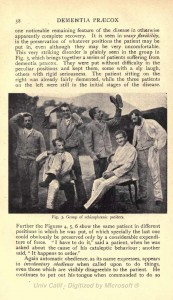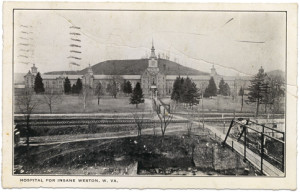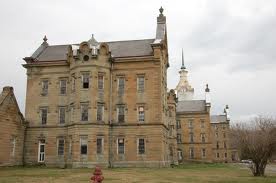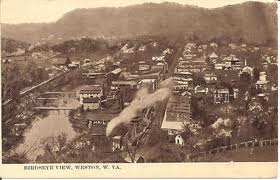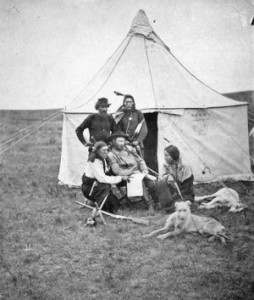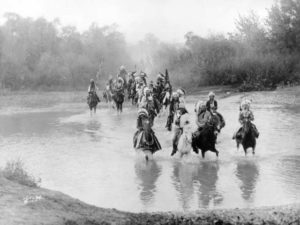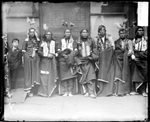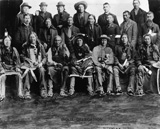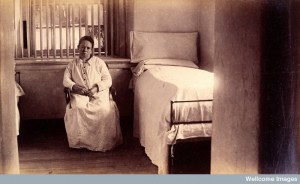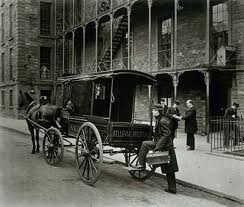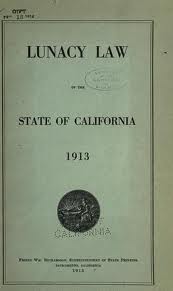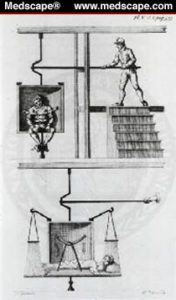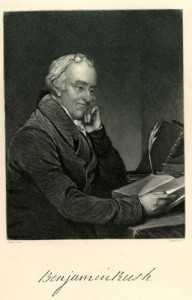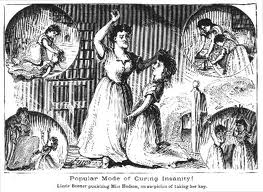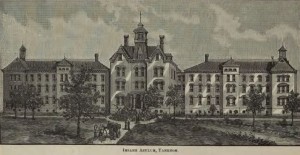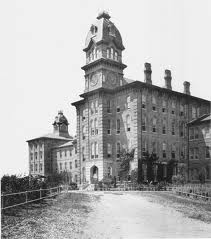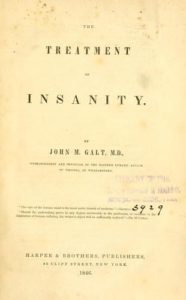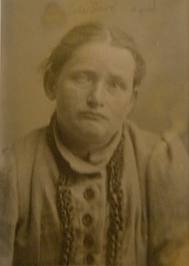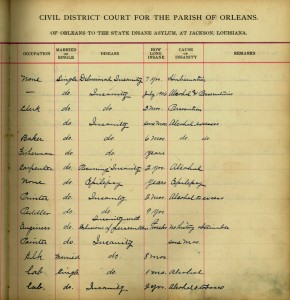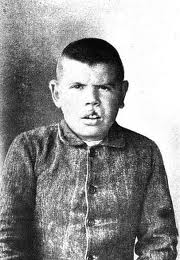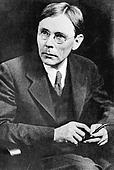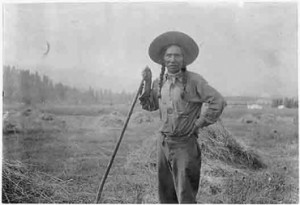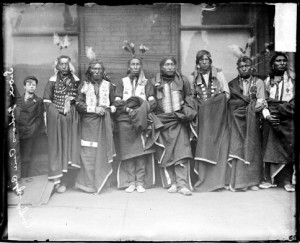Green Grimes, a patient at the Lunatic Asylum of Tennessee (see last post) wrote a book about insanity. He explained that in his own case, he became partially insane with melancholy depression after the loss of his favorite brother. His widower father remarried and his stepmother made life so unpleasant that Grimes left home as a young boy, and applied to his older brother for help. After his refusal, Grimes became a mechanic and did well enough to get married and have three children. He was swindled of his assets later in life by someone he trusted, and stated that he went from moral insanity to raving madness, accompanied by epilepsy.
Grimes had a reasonable insight into some causes of insanity, saying that it could be produced by the death of a near relation or bosom friend, sudden hard spells of sickness, sudden disappointment, or by intemperance or opium eating.
He also attributed insanity to inflammation from a dislocated joint reaching the brain, and to an”affected” liver, or an “affected” ligament running from the shoulder to the brain. Tellingly, one cause for insanity was “pretended friendship.” Grimes undoubtedly put the blame for his own insanity on the betrayal of a friend.
________________________________________________________________________

